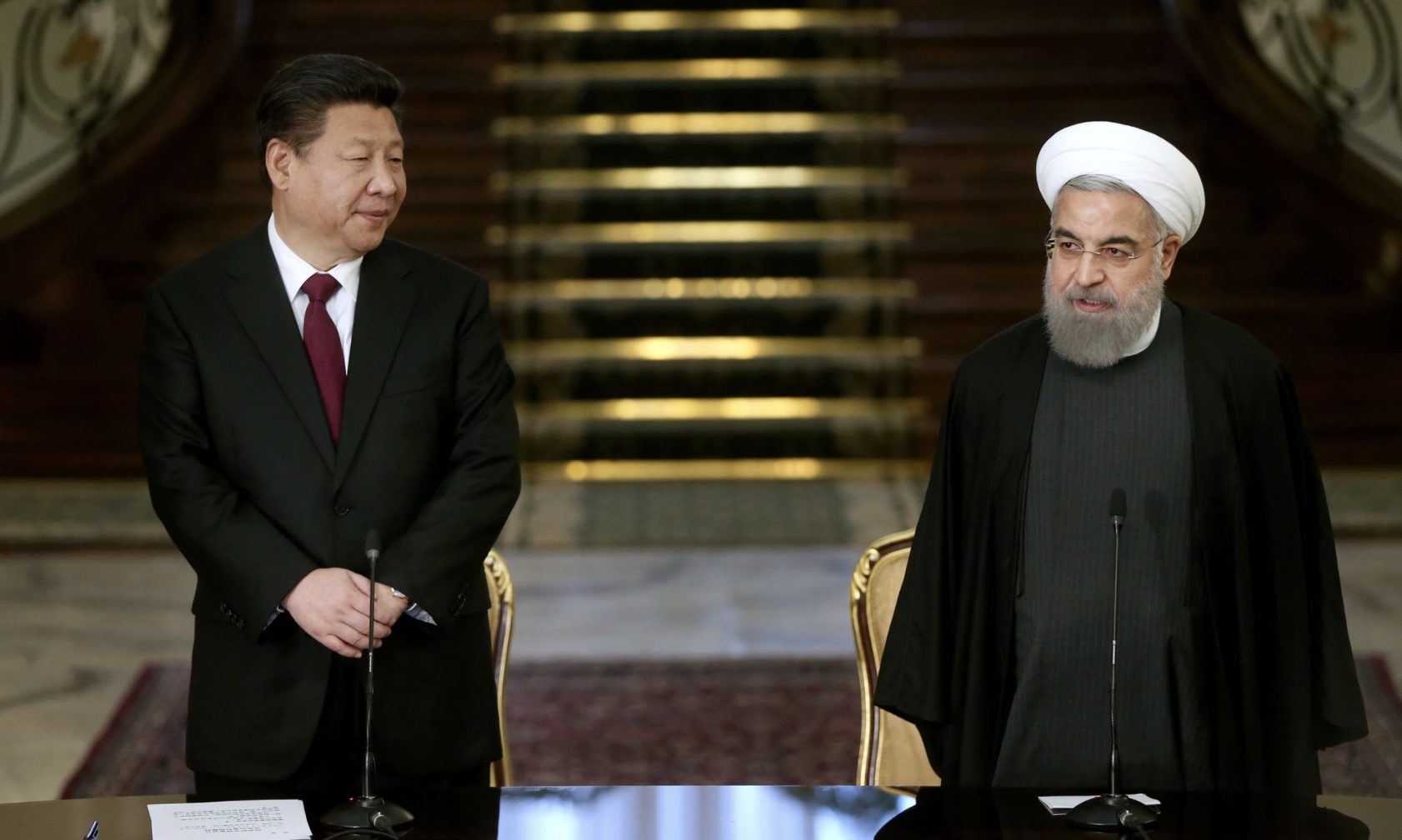
Ghalib Pervaiz
The writer is a Postgraduate in History from Quaid-i-Azam University, Islamabad.
The traditional concept of global power has been changed. In the twenty-first century, real power belongs to the nation engaging in trade relations with the world. While looking at the changing dynamics of the world, it is indispensable to understand that how great nations rise to their glory. In a very recent and unprecedented move, China is expected to invest $400 Billion in Chabhar Port in Iran. The project aimed at strengthening bilateral ties between two countries and boost up regional advancement. In addition to the economic ties, the deal also bolsters military relations. However, Iran has sidelined India from the multi-billion project. The move pushed India towards regional isolation. After investing billions of dollars at Gwadar Port, China is willing to involve in Chabhar. Both mega projects would serve the strategic objectives of China and strengthen its influence in the region. This article seeks to discuss various challenges to the Iran-China deal, such as India’s reluctant attitude towards the deal and US ambitions to contain China’s rise in the South Asia and Middle Eastern regions. Moreover, it also sheds light on some prospects for regional development and peace in the near future. At last, a pragmatic set of remedial measures has been proposed to overcome challenges that hamper regional developments.
To start with, cutting India out of the Railway project pushed New Delhi closer to the US. For the last many decades, the US has been remained adversarial to Iran. But, things started worsening in 2018 when the US unilaterally pulled out of the JCPOA treaty. It resulted in heavy sanctions on Iran and halted the nuclear program. Furthermore, sidelining India from a Chabhar Project would increase belligerency among regional powers. It goes without saying that India could not join China-Pakistan Economic Corridor (CPEC) due to the US factor. As CPEC is against the interest of the US. Mainly because CPEC gives China direct access to the Energy Rich region known as the Middle East. Therefore, Chabhar Port offers another opportunity to China to increase its influence.
Moreover, the landmark deal would surely breathe some life in Iran’s faltering economy which has been witnessing heavy US-led sanctions for the last many years. Chinese investments in Iran not only accelerate the escalation with Washington but also affects the regional status quo. There is no denying that the US failed to contain China in Indo-Pacific. Hence, the clear path takes Xi Jinping in the Middle Eastern region. Another cold war is taking place in which small powers will also play their role.
Additionally, unresolved Afghan causes will have adverse effects on the Iran-China deal. Terrorist organizations always intimidating regional peace and creating hurdles in the road to development. For Instance, the South Asian region battling against terrorism for the last two decades. As a result, it has been left behind in socio-economic development and progress could not be materialized due to the long enmity between regional powers. These mega projects demand greater peace. Regional security becoming the subject of heated discussion and appears main concern for China. Thus, external powers playing a role to resolve the Afghanistan issue.
<Preceding paragraphs discussed challenges to the Iran-China deal. While following paragraphs highlighting prospects.
Firstly, the Chahbhar project gives direct access to Pakistan in an energy-rich region. Pakistan has been facing an acute energy crisis for several years. The Iranian port is 200 Km away from Gwadar. This new deal would be proved beneficial and offers greater opportunity for Pakistan. Besides, energy resources, Islamabad can purchase crude oil from Gulf countries and sell it to Southeast Asian nations. At present, nations with strong trading partners have largely emerging economic giants in the twenty-first century.
Secondly, developmental works are aimed at regional connectivity. Except for India, all regional countries are willing to join the CPEC project. Recently, the Afghan President expressed his concern to become a part of the mega project. It will uplift the Afghan economy and ameliorate the socio-development sectors of war-ravaged countries. Such initiatives provide some breathing room for crippling economies and improve countries on Social Development Index.
<Following remedial measures – will likely bear fruit and provide a clear path to the Chabhar port deal – if implemented.
A decades-long enmity between Pakistan and India pushed the region towards a warlike situation. Delhi’s bullying attitude creates a security dilemma. For instance, India is inclined to the US, as it has not acted according to the agreement due to the US fear of sanctions. As a result, Tehran has cornered Delhi and welcomed China in the new deal. Similarly, setting aside all the grievances, nations need to step forward and develop peace which has been remained unfamiliar in South Asia.
Projects like CPEC and Chabhar will have positive impacts on the entire region. Currently, South Asia battling against, poverty, unemployment, and terrorism. Such predicaments hinder the road to progress and prosperity. The multi-billion projects offer livelihood to the indigenous people, stand for poverty alleviation and boost up trade relations.
To sum up, the rise of China becomes inevitable in the multi-polar world. Instead of maximizing its military power, Beijing has largely adopted the policy of open trade with countries. At present, China has more trading partners in the world compared to the US or any other western nation. For Instance, China has remarkably built its market in South Asia and Europe. Recent studies show that there is no single country in the world where Chinese products are not reached. President Xi Jinping setting a significant example and making the world its trade market. As a result, China is emerging the world’s largest economy and replacing the US as a superpower, and bringing new world order known as Asia-centric.

